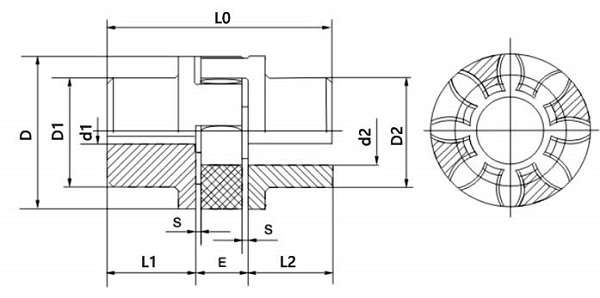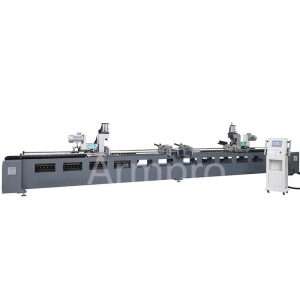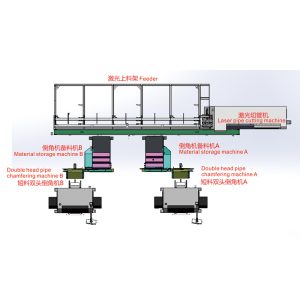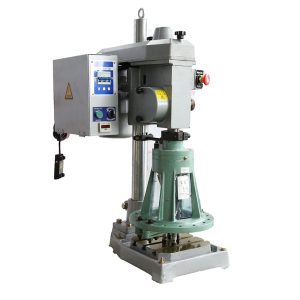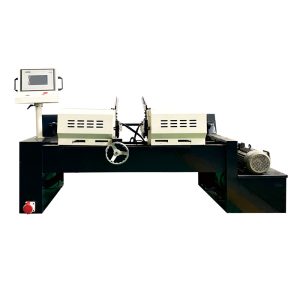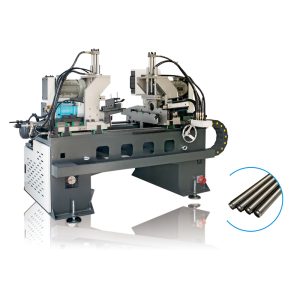Choosing the Right Coupling Size Chart
Introduction
Getting the proper coupling size is essential to effective power transmission in equipment. A Coupling Size Chart assists you in comparing coupling types, sizes, and torques to match your application requirement.
Flexible, rigid, or specialty couplings don't matter; having size specifications prevents misalignment and efficiency problems. This guide will make choosing an appropriate size easy.
1. What is coupling?
A coupling is a mechanical mechanism applied to connect two rotating shafts in a machine so that there is a free power flow.
It ensures proper functioning by eliminating misalignment problems and avoiding excess wear. What is the coupling? It is manufactured to connect shafts firmly but with provision for flexibility in motion, based on the coupling type.
Coupling meaning is not only used to connect shafts; it also absorbs shock, reduces vibrations, and allows for misalignment differences. This prevents mechanical stress that could lead to machinery life loss.
Numerous couplings exist, such as rigid couplings for accurate alignment and flexible couplings, where slight movement allows for positioning differences.
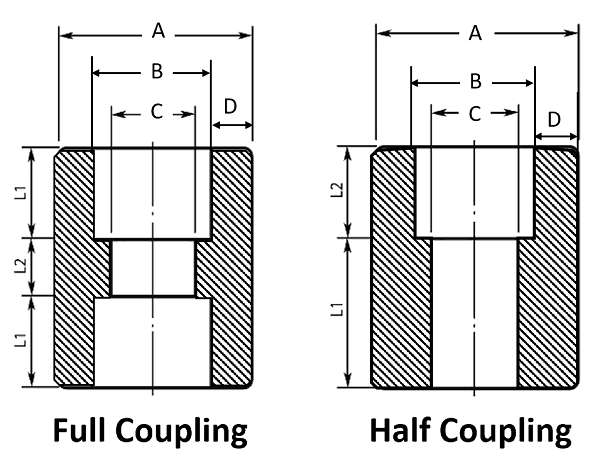
So, what does a coupling do? It transfers torque between connected shafts, offering safe power transmission and safeguarding the system from violent forces.
Mechanical systems would face repeated malfunctioning because of misalignment and high vibration if couplings did not exist. The automotive, aerospace, power generation, and manufacturing industries rely on couplings to enable smooth machinery operation.
Selecting a proper coupling is a function of load, torque demand, and operational conditions. Couplings need to be maintained in top condition through lubrication and regular inspection to assist in maintenance.
What is a coupling? It is a critical member of mechanical systems, linking shafts, transmitting power, and avoiding damage, hence making it a necessity in industrial use.
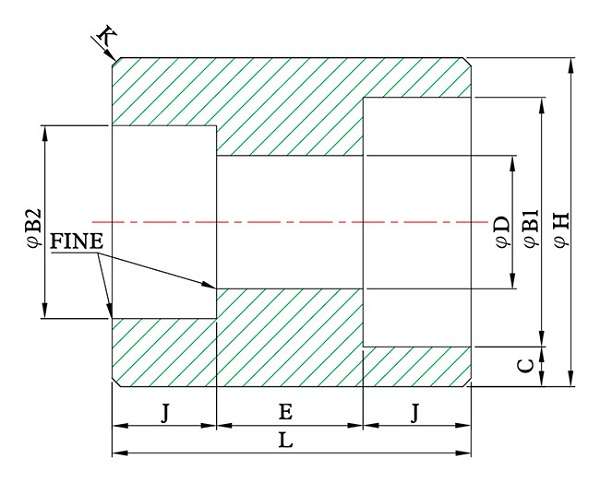
2. What materials are used for coupling?
Couplings are made from several materials depending on the application, load range, and environmental needs. The most widely used materials are:
· Steel:
High-strength carbon steel and alloy steel are widely utilized in couplings due to their extremely high strength, high torque rating, and resistance to wear and tear. They are well-suited for heavy-duty uses like power transmission in industrial machinery.
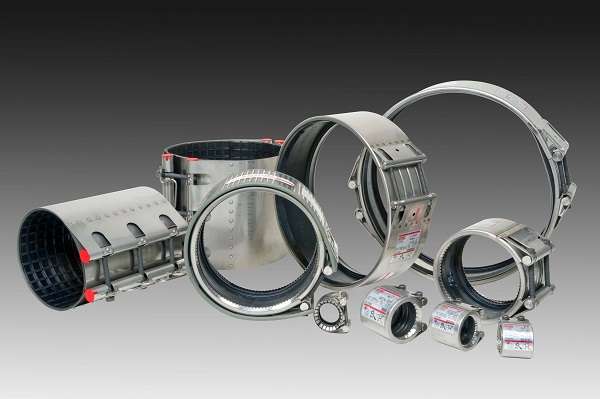
· Cast Iron:
Strong and inexpensive, cast iron is widely used in rigid couplings. It is resistant to deformation but less flexible.
· Aluminum:
Lightweight and corrosion-resistant, aluminum couplings are helpful when lower weight is required in aerospace and robotics applications.
· Brass and Bronze:
Both these metals have very good corrosion resistance and are used in underwater applications or chemical and moisture-exposed environments.
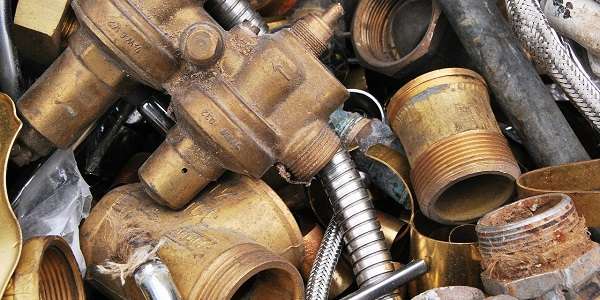
· Rubber and Elastomers:
Rubber or elastomeric components, such as polyurethane or neoprene, are commonly used in flexible couplings to provide shock load absorption, limit shock loads, and withstand misalignment.
· Plastic and Composite Materials:
High-performance plastics like nylon and reinforced composites that exhibit excellent corrosion resistance and electrical insulation are employed in lightweight applications.
· Stainless Steel:
Employed by food, pharmaceutical, and chemical industries for its corrosion resistance and cleanliness characteristics.
Coupling material selection is based on load, environment, and operating conditions to provide the best performance and life.
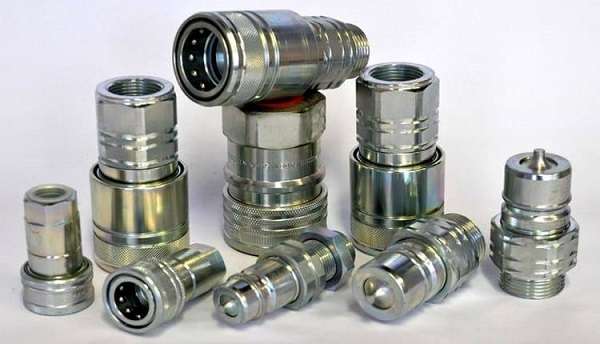
3. What is the application of the coupling?
Couplings are principal mechanical devices used extensively to join rotating shafts and power transmission smoothly in mechanical systems.
Their uses differ according to the type of coupling and the unique working requirements in different industries. Some of their notable uses are as follows:
· Power Transmission in Industrial Machinery
Couplings are an indispensable element of machinery manufacturing, including conveyor belts, pumps, compressors, turbines, and generators.
They facilitate the transmission of power in a most economical manner, with provisions to absorb misalignment, reduce mechanical stress, and increase the rotating element's lifespan.
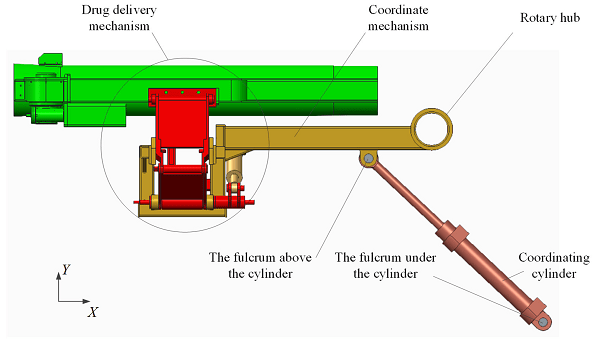
· Automotive Industry
Couplings link the transmission system of automobiles to the engine, ensuring a smooth transmission of torque.
Couplings play a vital function in steering assemblies, braking systems, and drivetrain components, also reducing vibrations and improving car performance.
· Aerospace and Aviation
Precision couplings are used in aircraft control systems, landing gears, and engines. The couplings must handle high speeds, vibrations, and temperatures while delivering precise motion.
· Pumps and Compressors
Flexible couplings in compressors and pumps withstand shocks, minimize misalignment problems, and provide constant fluid flow. They guard critical components against stress and wear.
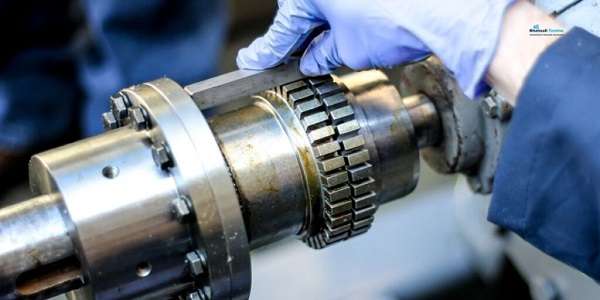
· Marine Industry
In maritime propulsion systems, couplings link engines and propellers so that there can be power and misalignment due to flow and vibration, with proper transmission of smooth power.
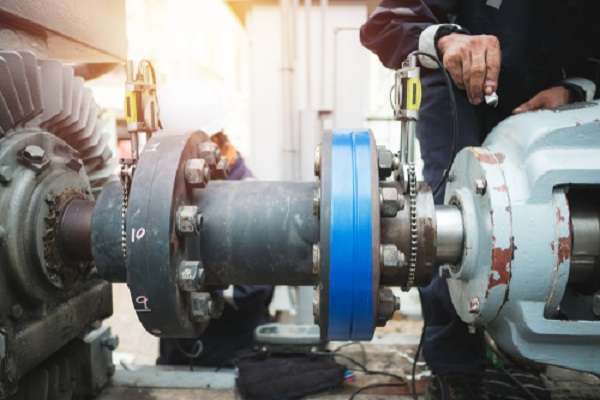
· Renewable Energy Systems
Windmills, hydro schemes, and sun trackers use couplings to join the power-producing parts in a compact manner for successful energy transmission without any impact from changing weather.
· Medical Equipment
Accurate couplings in MR machines, robot surgical arms, and diagnostic apparatus provide seamless transmission of motion while improving performance and reliability.
By choosing the right coupling, industries can maximize the efficiency of equipment, minimize maintenance costs, and increase overall system life.
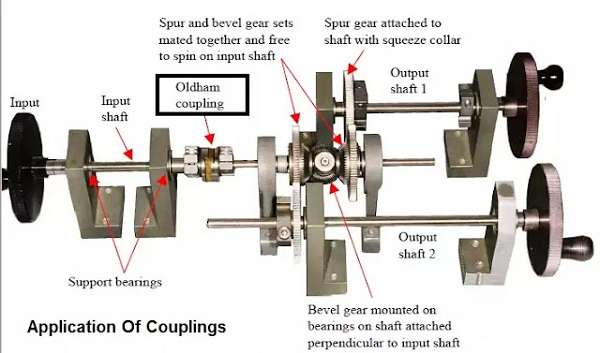
4. How to choose the proper coupling?
The right selection of coupling is important to transmit power smoothly, reduce wear and tear, and improve machinery efficiency.
| Coupling | Rating | Clear DIA OD |
Bo05 Length |
Bo05 Length |
Cover width |
Gap | Bore Rough |
Bore Max. |
Safe Speed |
Approx Weight |
| No | HP/RPM | MM | Li(MM) | L₂ (MM) | W(MM) | G(MM) | (MM) | (MM) | RPM | KGS |
| 101 | 006 | 104.0 | 38.0 | 38.0 | 57.0 | .85 | 10 | 29 | 3600 | 3.0 |
| 102 | 010 | 120.0 | 38.0 | 38.0 | 64.5 | .85 | 12 | 38 | 3350 | 4.0 |
| 103 | .20 | 127.0 | 44.5 | 44.5 | 64.5 | 85 | 16 | 41 | 3350 | 4.5 |
| 104 | .30 | 159.0 | 51.0 | 51.0 | 66.0 | 85 | 16 | 57 | 2575 | 7.5 |
| 106 | 045 | 178.0 | 51.0 | 51.0 | 84.5 | .85 | 16 | 54 | 2350 | 12.5 |
| 107 | 065 | 190.5 | 57.0 | 57.0 | 85.0 | 85 | 16 | 64 | 2150 | 16.5 |
| 108 | 095 | 222.5 | 63.5 | 63.5 | 86.5 | .85 | 25 | 78 | 1850 | 19.5 |
| 109 | 125 | 244.5 | 70.0 | 70.0 | 86.5 | .85 | 25 | 92 | 1650 | 27.0 |
| 110 | .185 | 267.0 | 89.0 | 89.0 | 86.5 | .85 | 25 | 108 | 1575 | 39.5 |
| 111 | 355 | 276.0 | 102.0 | 102.0 | 138.0 | 1.60 | 38 | 102 | 1450 | 47.5 |
| 113 | 455 | 324.0 | 101.5 | 101.5 | 157.0 | 1.60 | 50 | 123 | 1300 | 67.5 |
| 114 | 655 | 336.5 | 101.5 | 101.5 | 157.0 | 1.60 | 50 | 121 | 1250 | 74.0 |
| 115 | 905 | 381.0 | 114.0 | 114.0 | 159.0 | 1.60 | 50 | 146 | 1050 | 108.5 |
| 117 | 1.255 | 425.5 | 127.0 | 127.0 | 160.5 | 1.60 | 50 | 167 | 950 | 148.5 |
| 121 | 2.405 | 501.5 | 140.0 | 140.0 | 179.5 | 3.20 | 75 | 202 | 800 | 234.0 |
| 123 | 3.505 | 552.5 | 152.5 | 152.5 | 179.5 | 3.20 | 85 | 234 | 700 | 318.0 |
Proper selection depends on different issues such as application type, load conditions, and environmental conditions. The following are the major considerations in the selection of a coupling:
Determine the Type of Misalignment
Couplings are used for misalignment accommodation between shafts to be coupled. Knowledge of the type of misalignment will assist in the selection of the correct coupling:
- Angular Misalignment: Flexible disc couplings or gear couplings are preferred.
- Parallel Misalignment: Beam or disc couplings are preferred.
- Axial Misalignment: Bellows or flexible couplings are best to accommodate axial motion.
Torque and Load Capacity
Select a coupling with adequate capability to absorb the anticipated torque and power load. Overloading causes failure; thus, select a coupling having a proper load-carrying capacity.
Speed and Vibration Tolerance
For high-speed operations, use balanced couplings like disc or grid couplings to reduce vibrations and improve efficiency.
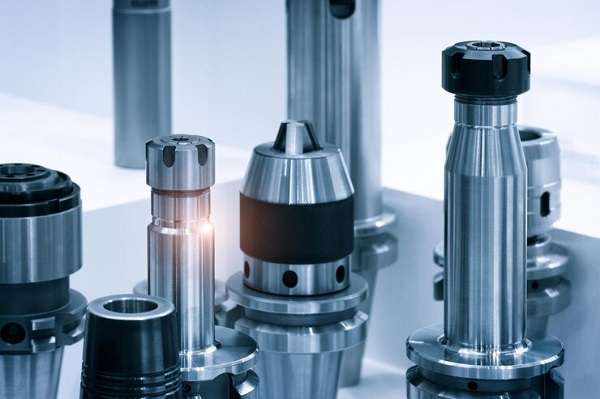
Maintain Environmental Conditions
- High Temperature: Metal or composite couplings are heat resistant.
- Corrosive Environments: More durable couplings are stainless steel or coated couplings.
- Underwater Applications: Non-corrosive and water-resistant materials need to be used.
Maintenance and Servicing
Some couplings, like gear couplings, need periodic lubrication, but elastomeric couplings need no maintenance and can be used in the long term.
By taking these into account, you can select the most efficient and dependable coupler for your particular application to provide the optimum machinery life and performance.
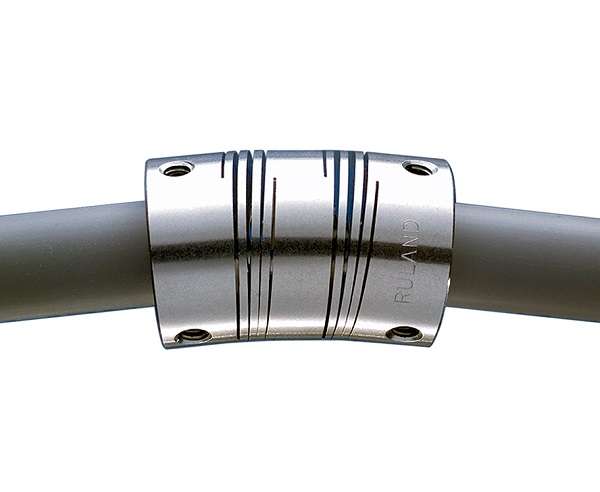
Conclusion
The right coupling size has to be chosen for efficient transmission of power, minimizing mechanical stress, and increasing system life.
The Coupling Size Chart guides engineers and technicians in choosing the correct coupling concerning torque, misalignment, speed, and load-carrying capacity. Considering the type of misalignment, ambient conditions, and maintenance considerations provides optimum performance.
Used in industrial equipment, automotive applications, or renewable energy devices, the right coupling minimizes downtime and increases efficiency. By careful comparison of operating requirements and specifications, industries can implement seamless integration of machines.
Always use the Coupling Size Chart and manufacturer's specifications when making your final decision to have durability, reliability, and affordability in your mechanical systems.
For detailed guidance and accurate coupling size, please visit Armpro Machine. Our range of accessories and expert advice ensures that you will find the perfect solution that meets your needs.
Don't forget to share this post!
Related Products
CONTACT US
Tell us your raw material and working details to get quotations within 24 hours.
WhatsApp Us: +86 159 27 555863

Want the best price & newest metal working machinery buying guide,tips and trends sent straightly to your box?Sign up for Armpro's monthly newsletter,we're free for your consultation and Offer you the most suitable working solutions!
The Buyer's Guide
- Tapping Machine: The Ultimate Buying Guide in 2024
- Electric Tapping Machines:the Ultimate Buying Guide in 2024
- Drilling Machine: The Ultimate Buying Guide in 2024
- Drilling milling Machine:The Ultimate Buying Guide in 2024
- CNC Tapping Machine :The Complete Buying Guide in 2024
- Pipe chafering Machine:The Complete Importing Guide in 2024
- Radial drilling Machine:The Complete Buying Guide in 2024
- Thread rolling Machine:The Complete Buying Guide In 2024
- Pillar Drilling Machine:The Ultimate Buying Guide in 2024
Most Popular
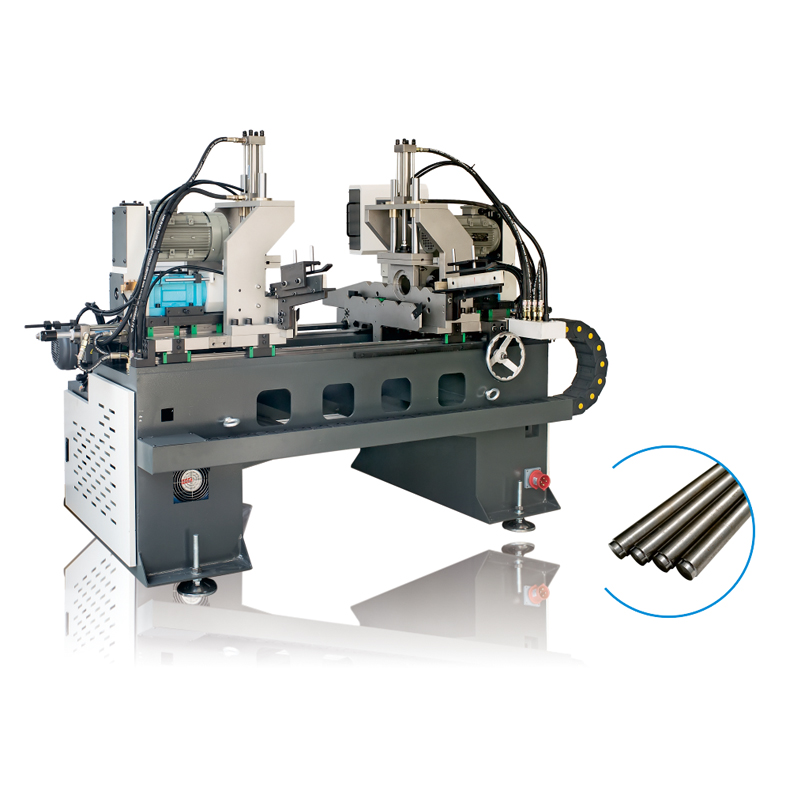
Tell us your material or budget,we'll reply you ASAP within 24 hours
